Texas Clearing - Your Oak Tree Trimming Services Partner
Oak tree trimming is a specialized form of tree care that focuses on the selective removal of parts of a tree, such as branches, buds, or roots. Key in maintaining the health and aesthetics of oak trees, this practice is essential for property owners who wish to preserve the beauty and integrity of their landscape. With a deep understanding of oak species and their unique needs, Texas Clearing stands as a leader in providing sustainable tree care services.
You should read this article because it provides comprehensive insights into the importance of oak tree trimming, detailing how it enhances tree health, safety, and aesthetics.
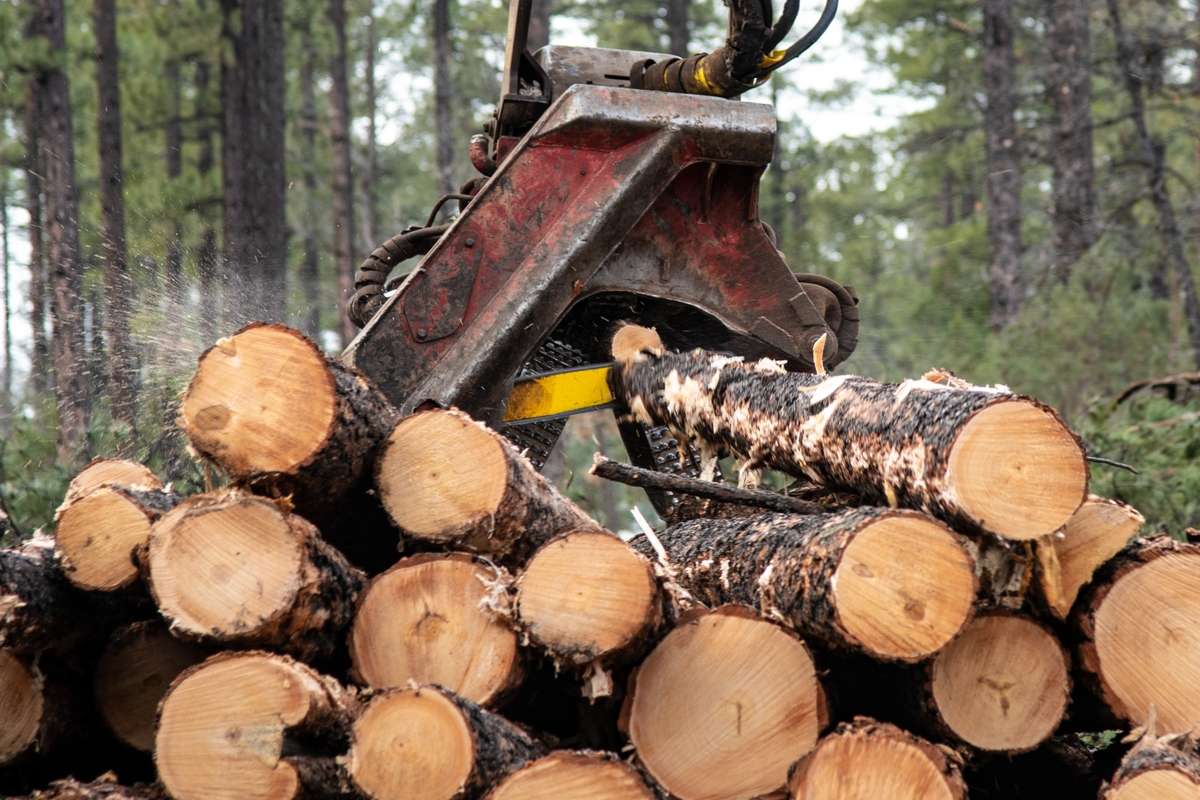
I’ll answer the following questions:
- What is tree trimming, and why is it important for oak trees?
- What are the reasons for trimming oak trees?
- What are the benefits of trimming oak trees?
- When is the best time to prune an oak tree?
- What tools are used for trimming oak trees?
- How does oak tree trimming fit into your land improvement plan?
- What are the best months to trim oak trees in Central Texas?
- How much does it cost to trim a tree in Austin, Texas?
Let’s get to the content!
What Is Tree Trimming?
Tree trimming, particularly for oak trees, involves careful cutting and removal of certain parts of the tree to improve its health and appearance. This practice is crucial in preventing diseases like oak wilt, a deadly tree disease caused by fungal spores. Trimming helps in removing infected parts and preventing the transmission of oak wilt. It’s not just about aesthetics; it’s a vital part of maintaining healthy trees. As a property owner, understanding the importance of tree trimming, especially for species vulnerable like oaks, is key to sustaining the health and beauty of your landscape.
Reasons for Trimming Oak Trees
Trimming oak trees is essential for several reasons. Firstly, it helps in the prevention of diseases such as oak wilt, which can be fatal. By removing diseased or dead branches, the likelihood of spreading oak wilt fungus is significantly reduced. Secondly, trimming can help in the identification of oak wilt and other diseases early on, allowing for quicker and more effective treatment.
Moreover, trimming oak trees is crucial for safety reasons. Dead or weakened branches can pose a risk during strong winds or storms, potentially causing damage to property or injury to individuals. Regular trimming ensures that these risks are minimized, maintaining the safety of your property.
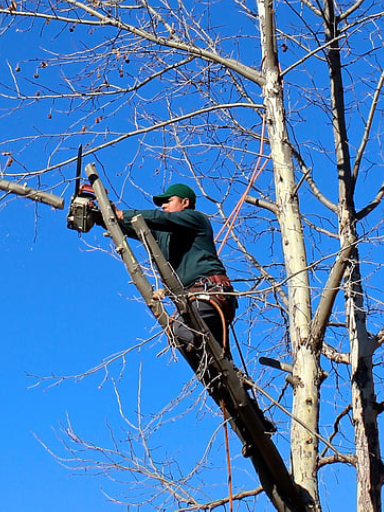
Benefits of Trimming Oak Trees
Trimming oak trees is more than just a cosmetic task; it’s a vital part of maintaining the health and vitality of these majestic trees. Regular pruning helps in preventing diseases like the dreaded oak wilt, which can be fatal for oak trees. By removing infected branches and ensuring proper wound dressing, the spread of oak wilt infection can be controlled. Trimming also plays a crucial role in the tree’s growth habit, encouraging stronger and healthier growth. It’s not just about cutting away the excess; it’s about guiding the tree to grow in a way that’s beneficial for its health and aesthetics. For mature trees, especially those in areas prone to oak wilt like Central Texas, careful pruning can make a significant difference in their longevity and appearance.
Healthier Tree
Regular trimming contributes significantly to the overall health of oak trees. By removing dead branches and promoting better air circulation, it aids in the tree’s natural wound responses and callus formation. This process is vital in defending against diseases like oak wilt and ensuring the tree’s longevity. Additionally, trimming helps in the even distribution of tree nutrition, fostering healthy growth.
Increased Safety
Trimming oak trees also enhances safety on your property. Removing dead or broken branches reduces the chance of them falling during strong winds or storms, thus mitigating the risk of injury or property damage. A well-maintained oak tree is less likely to have weak or dying branches that could pose a hazard.
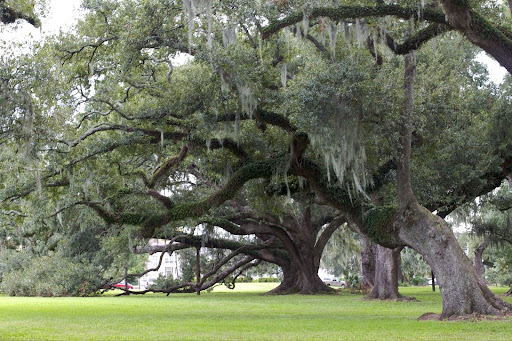
Sometimes tree removal is necessary for safety and landscape management. Removing trees, especially those that are dead, diseased, or dangerously positioned, can significantly reduce the risk of property damage and personal injury. Learn more about safe and professional tree removal at our page on Tree Removal Services.
Improved Aesthetics
Aesthetically, trimmed oak trees are more appealing. Proper pruning techniques can enhance the natural shape and beauty of the tree, contributing to the overall attractiveness of your property. A well-trimmed oak tree not only looks better but also reflects the care and attention given to the landscape.
When to Prune an Oak Tree
Knowing when to prune an oak tree is as important as knowing how to prune it. The best time is usually during the colder months or late winter, to minimize the risk of oak wilt spread. Pruning during the growth season, particularly in the summer months, can attract insects like picnic bugs that carry oak wilt spores. It’s also crucial to avoid pruning during windy conditions or when there’s a high chance of rain, as these can facilitate the spread of spores. After storms or when branches are damaged, immediate pruning is necessary to prevent further harm to the tree. The timing of pruning cuts can greatly impact the tree’s chance of survival and its defense against diseases.
Brush clearing is another essential aspect of oak tree trimming. Clearing underbrush and smaller vegetation around your trees not only improves access for trimming but also enhances the overall health of your landscape. It reduces the risk of fire, controls pests, and promotes healthier growth of trees and plants. Explore the benefits of brush clearing for your property by reading up on Texas Clearing’s Brush Clearing Services.
Winter Months
The best time to prune oak trees is during the winter months. This is when the trees are dormant, and the risk of spreading oak wilt is at its lowest. Pruning during dormancy promotes vigorous growth in the spring and reduces the chance of infection.
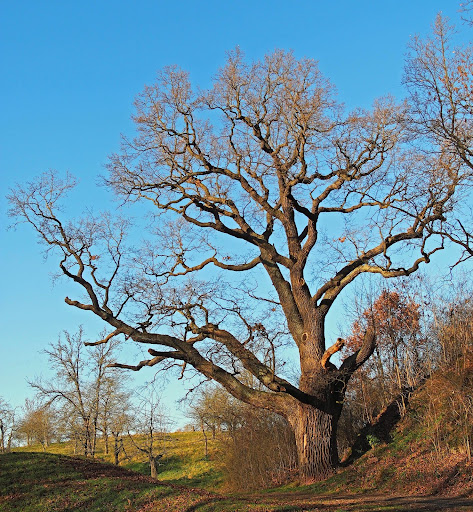
Before Fungal Disease Season Begins
Pruning should be done before the fungal disease season starts, typically in late winter or early spring. This timing helps prevent the fresh wounds of the trees from attracting insects that can carry oak wilt spores.
After Fungal Disease Season Ends
It’s also advisable to prune after the fungal disease season ends. This period varies depending on the local climate but is generally in late fall. Pruning during this time minimizes the tree’s exposure to fungal spores.
After Storms or Strong Winds
Following storms or strong winds, inspecting and potentially pruning your oak trees is crucial. This helps in removing any damaged branches that could pose a risk to safety or the tree’s health.
When a Branch is Broken, Dead, or Diseased
Immediate pruning is necessary when a branch is broken, dead, or shows signs of disease. Prompt action can prevent the spread of disease and reduce safety hazards.
Tools Used For Trimming Oak Trees
The right tools are essential for effective oak tree trimming. Basic pruning equipment like pruning shears and pole pruners are necessary for smaller branches, while larger branches may require more powerful tools. It’s important to use clean pruning tools to prevent the spread of diseases between trees. For larger tree pruning jobs, specialized equipment operated by an experienced tree service company is often required. Safety is paramount, so using tools that are appropriate for the size of the tree and the type of cut is crucial. For instance, a pole pruner is ideal for reaching higher branches without the need for tree climbing. Additionally, using the correct type of sealant, such as non-asphalt sealants, can help protect the tree after pruning.
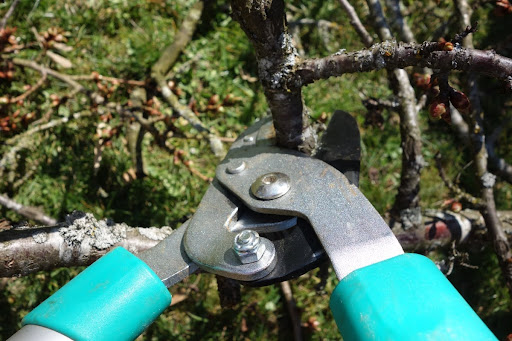
Hand Pruners and Loppers
For smaller branches, typically less than two inches in diameter, hand pruners and loppers are essential tools. They allow for precise cuts and are ideal for minor pruning tasks.
Pruning Saws and Pole Saws
For larger branches, pruning saws and pole saws are more suitable. These tools are designed to handle thicker branches, ensuring clean cuts without damaging the tree.
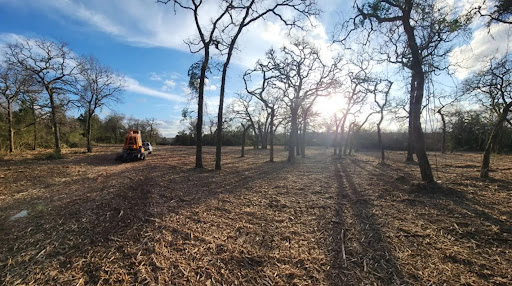
How Oak Tree Trimming Fits Into Your Land Improvement Plan
Incorporating oak tree trimming into your land improvement plan is vital for maintaining the health and beauty of your landscape. Regular trimming not only ensures the health and safety of the trees but also enhances the overall aesthetic of your property. As a property owner, understanding the importance of professional tree care, especially for sensitive species like oaks, is crucial in preserving the value and appeal of your land.
Integrating mulching into your land improvement plan can further enhance your property’s value. Cedar mulching involves the use of shredded cedar bark, which serves as an excellent ground cover. It not only beautifies the landscape but also provides numerous benefits like moisture retention, weed control, and soil improvement. This natural, organic method complements tree trimming by creating a healthier environment for your trees and plants. Discover more about how cedar mulching can benefit your property at Texas Clearing’s Cedar Mulching Services.
Get Your Free Quote
For expert tree care services, including oak tree trimming, contact Texas Clearing for a free quote. Our team of professional arborists is equipped with the knowledge, experience, and specialized equipment to handle all your tree care needs. Whether it’s a routine trim or a major pruning, we’re here to ensure the health and beauty of your oak trees.
Oak Tree Trimming FAQs
The best months to trim oak trees, especially in Central Texas, are during the colder months, typically late winter. This timing minimizes the risk of oak wilt disease transmission, as the spores are less active. It’s crucial to avoid trimming during the growth season when trees are more vulnerable to infections.
Cutting the lower branches of an oak tree, a process known as crown raising, can be beneficial for both the tree and the property owner. It enhances visibility and clearance, especially near power lines or property boundaries. However, it’s important to make proper collar cuts to avoid extensive bark damage and ensure the tree’s healthy recovery.
Yes, you can trim a live oak, but it requires careful consideration of the time period and pruning methods to minimize the chance of oak wilt infection. Ensure clean cuts near the branch collar and avoid leaving stub cuts, which can harm the tree. Consulting with an expert tree company is advisable for the best results.
Pruning a large pin oak tree involves removing dead, diseased, or weaker branches to maintain a healthy crown and structure. It’s important to use the right tools and techniques, such as making cuts at the branch bark ridge to avoid damaging the tree. Annual pruning by professional arborists can help maintain the tree’s health and aesthetics.
The cost to trim a tree in Austin, Texas, varies based on the size of the tree, its location, and the complexity of the job. On average, tree services companies may charge based on the tree’s height, with additional costs for trees near power lines or other hazards.
Trimming trees around a house typically involves additional safety concerns and may require specialized equipment. The cost can vary widely depending on the number of trees, their size, and the proximity to the house. It’s best to get a quote from a full-service tree care company for accurate pricing.
